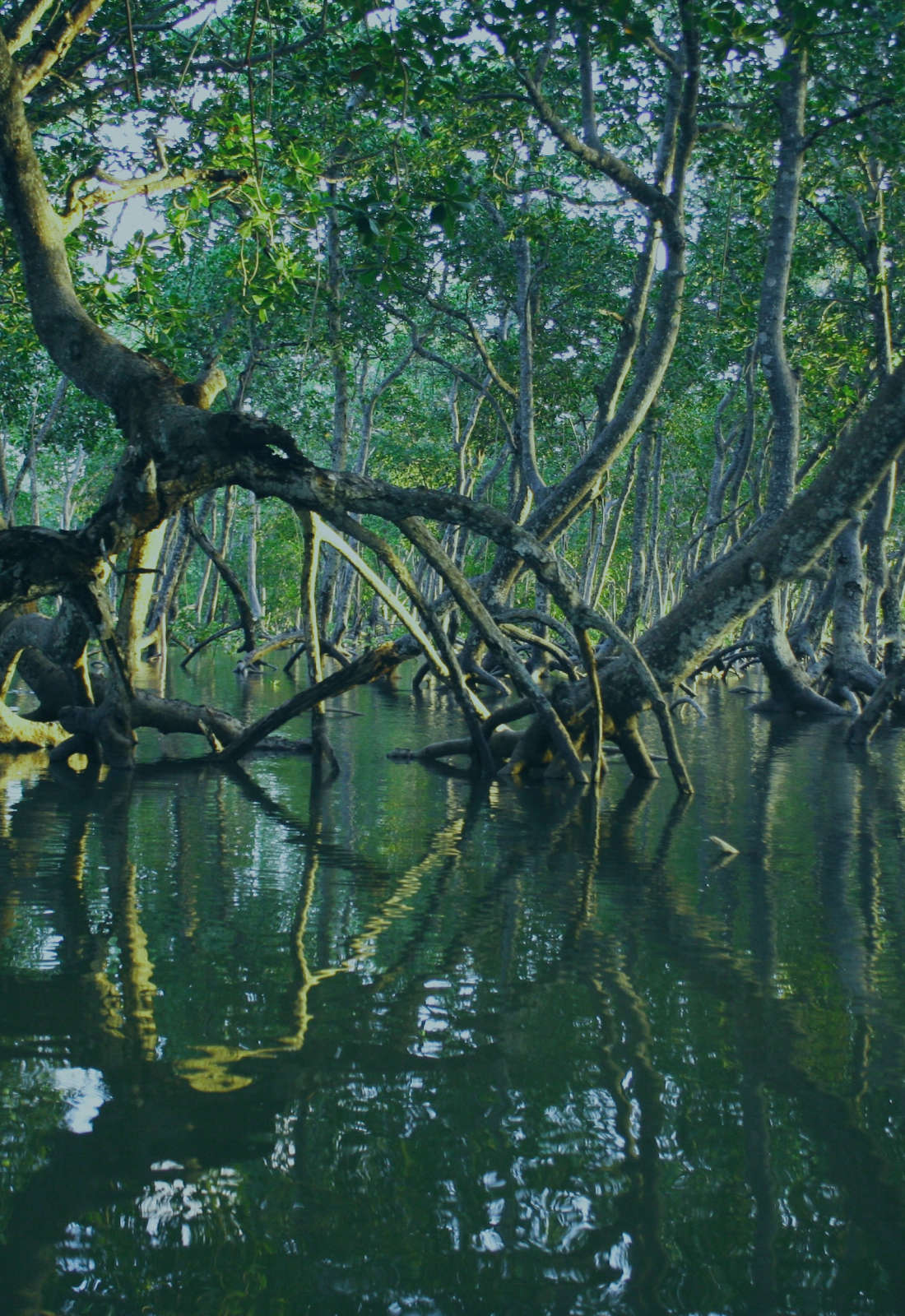Biodiversity first
We take a biodiversity first approach to selecting projects. Projects with high biodiversity, have higher resilience and higher natural capital flows in the long term.
The Little Biodiversity Finance Book (3rd Edition)
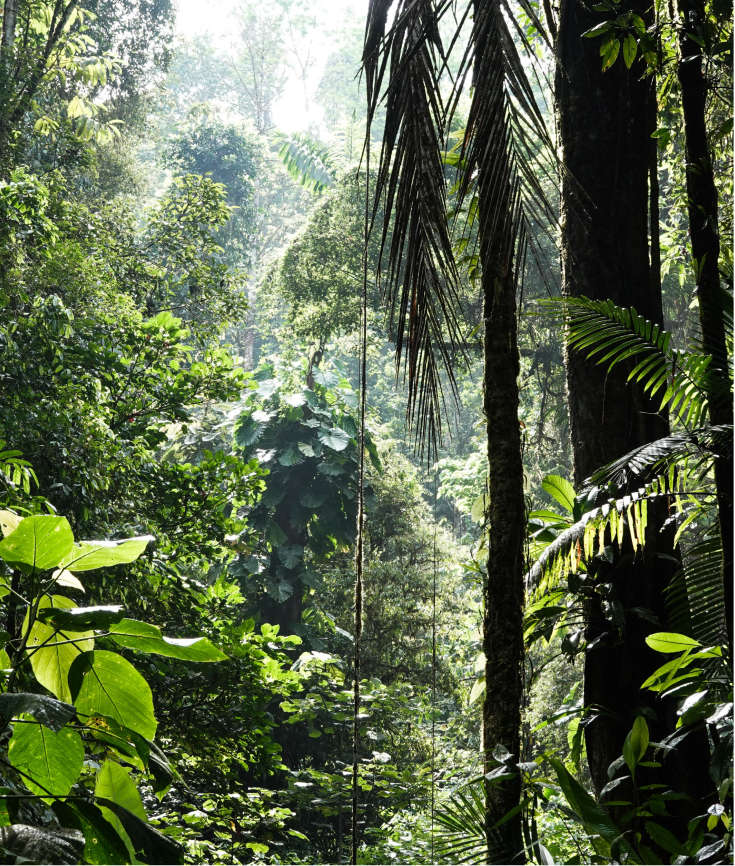
Carbon is only one part of the story
The benefits nature can provide us are endless. All our projects have many benefits beyond capturing carbon.
Capture CO2
Protect vital biodiversity
Provide fresh water
Support local communities
Explore Our Portfolio Types
Select an ecosystem below to learn more about the different types of projects we have.
Why Forests?
Forests are home to 80% of the world's biodiversity. They supply water, provide livelihoods and mitigate climate change by capturing carbon from the atmosphere. One billion people depend directly on forests, as these provide raw materials like wood and timber as well as food. Deforestation and forest degradation continues at alarming rates and we must act now to protect our forests.
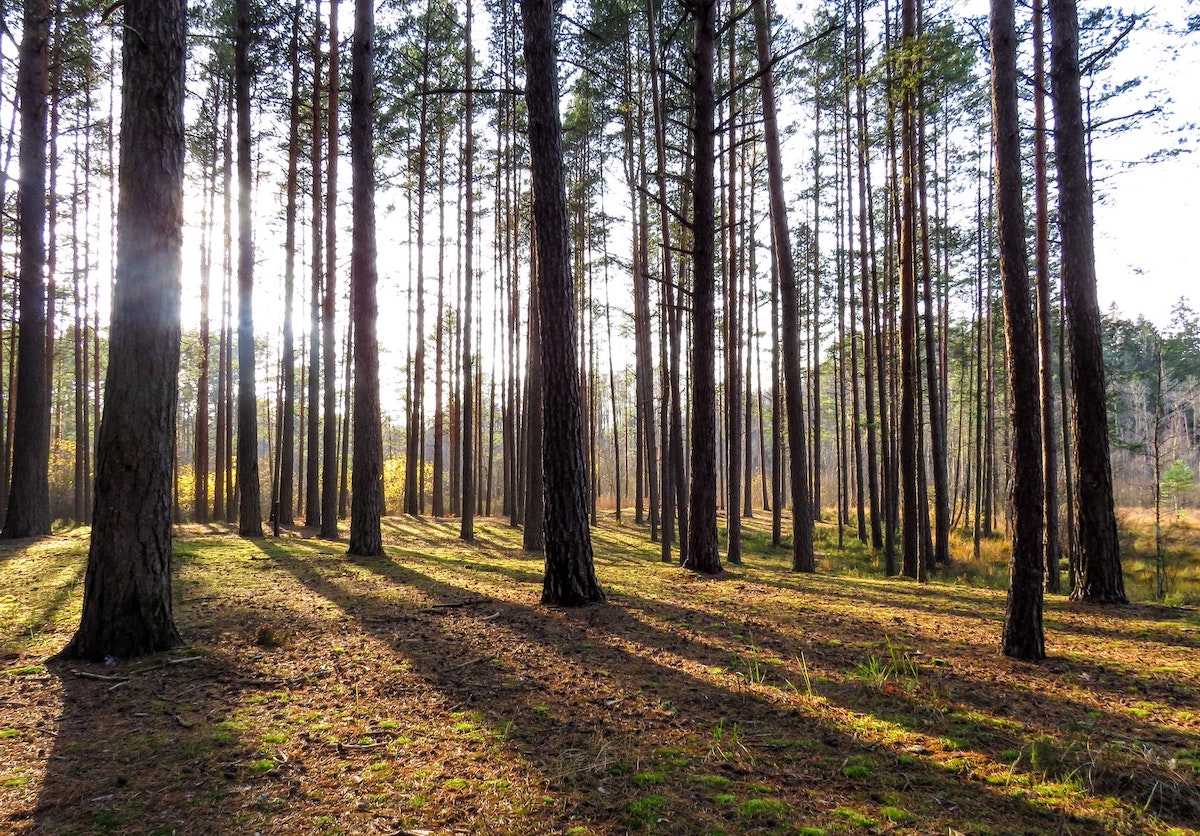
Our Approach
Protect
The equivalent to 1 football pitch of forest is lost every second. The loss of forests also contributes between 12% and 17% to the annual global GHG emissions. ‘Avoid conversion projects’ provide the right incentives to protect the forests we currently have.
Manage
The adoption of improved forest management practices helps landowners to ensure the sustainable use of their natural resources without exceeding nor degrading their land.
Restore
Forest restoration accelerates the recovery of forests and its ecological functions. Restoration activities create local jobs and a better relationship between people and their environment.
Why Wetlands?
Wetlands cover 5% of the world’s land area but they have a higher actual storage of carbon per hectare of land than any other system. Wetlands provide numerous services for people and wildlife, including improving water quality, providing fish and wildlife habitats, and storing floodwaters. The protection of marshes and peat bogs are a more effective long-term carbon store than forests.
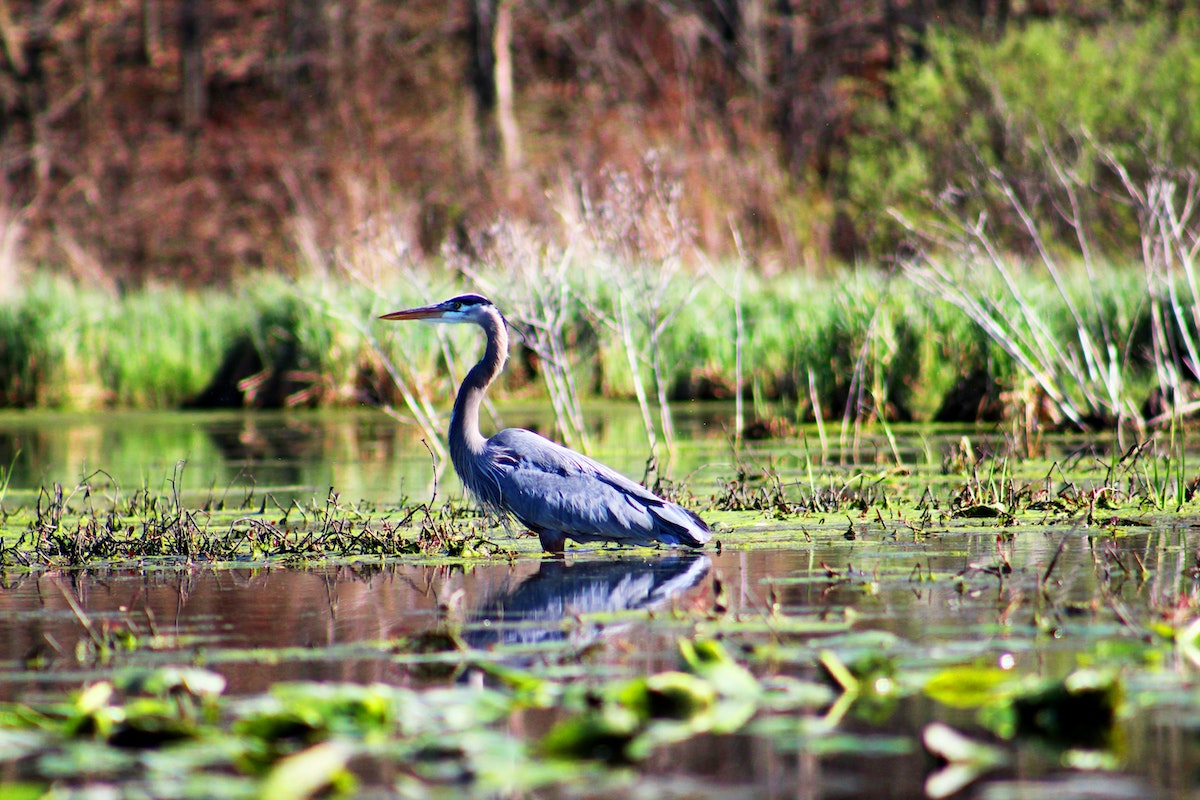
Our Approach
Protect
It is estimated that 760,000 hectares of peatlands are lost globally each year, the majority being cleared and drained for palm oil developments. Their cost-effective protection could prevent 678 million tonnes of carbon emissions a year by 2030.
Manage
By managing wetlands wisely and diversifying livelihood options for local communities, it is possible to reverse the trend of wetland loss, while providing sustainable resources to alleviate livelihoods poverty and inequity.
Restore
By restoring wetlands we can reduce carbon emissions, increase our capacity to adapt to climate change and increase fisheries productivity and biodiversity habitat.
Why Grasslands?
Grasslands account for approximately 40% of the world's terrestrial area, and could potentially store more carbon than forests because they are less susceptible to wildfires and drought. Still, only a small percentage of the world's grasslands are protected. Grasslands are a vital source of goods and services such as food and forage, wildlife habitat, and also provide carbon and water storage and contribute to the livelihoods of more than 800 million people.
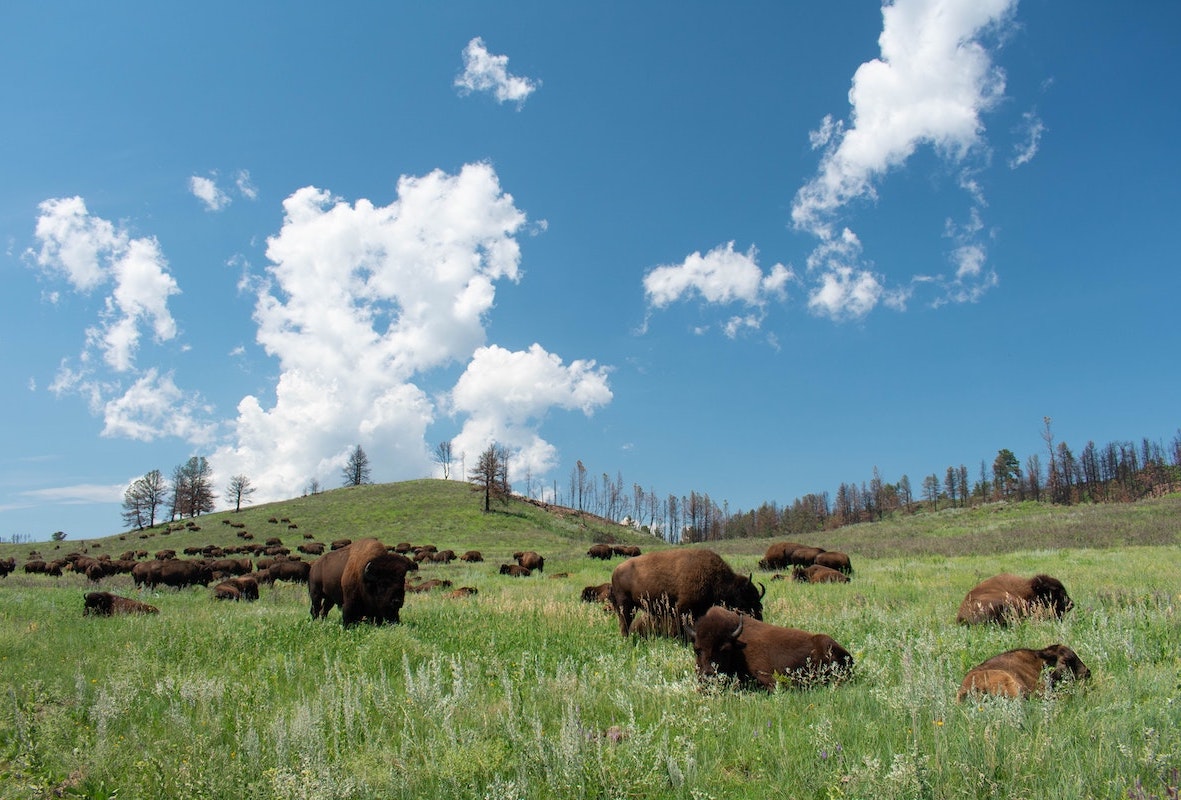
Our Approach
Protect
Grasslands are important carbon storage systems that can aid with climate change mitigation; however, only 10% of the world’s grasslands are protected.
Manage
Sustainable management of pastures and grasslands enriches soil health and improves biodiversity, while reducing the impact of human activities in the ecosystem.
Restore
Restoring grasslands using the right management practices helps to reverse land degradation and desertification while providing positive socio-economic-ecologic impact.
Why Regenerative Agriculture?
50% of the Earth’s habitable land is used for agriculture. 33% of croplands are used to feed livestock. Regenerative agriculture practices entails good stewardship of the natural systems and resources that farms rely on, and involves maintaining healthy soil, managing water wisely, minimizing pollution and promoting biodiversity. Regenerative agriculture doesn’t use the traditional practices such as tillage and excessive fertilizer use, and promotes a more sustainable land use over the long term.
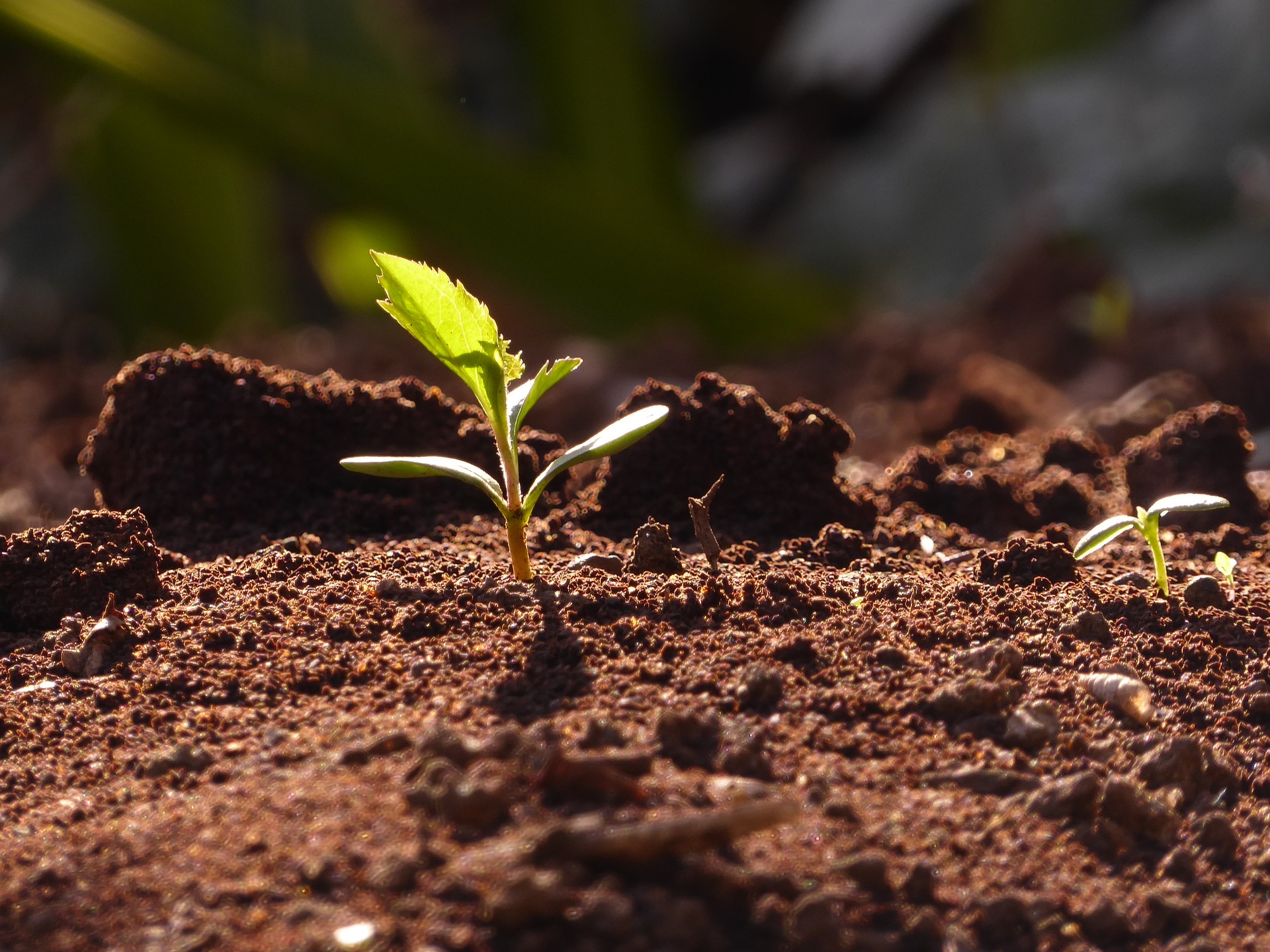
Our Approach
Protect
Finding different and new ways of valuing regenerative agriculture allows farmers to increase their livelihoods and resilience, without damaging and exploiting nature.
Manage
Promoting sustainable agriculture practices reduces the use of water, fertilizers and pesticides while ensuring healthy soils and a more diverse crop production.
Restore
Regenerative agriculture restores soil health and nutrient levels depleted by conventional farming practices such as tilling and excessive use of fertilizers.
By partnering with Cultivo we were able to protect our forest and improve the community livelihoods in the long term
Have a project?
Are you a landowner or NGO that has a project and would like to explore how you could unlock investment with Cultivo
Get In Touch